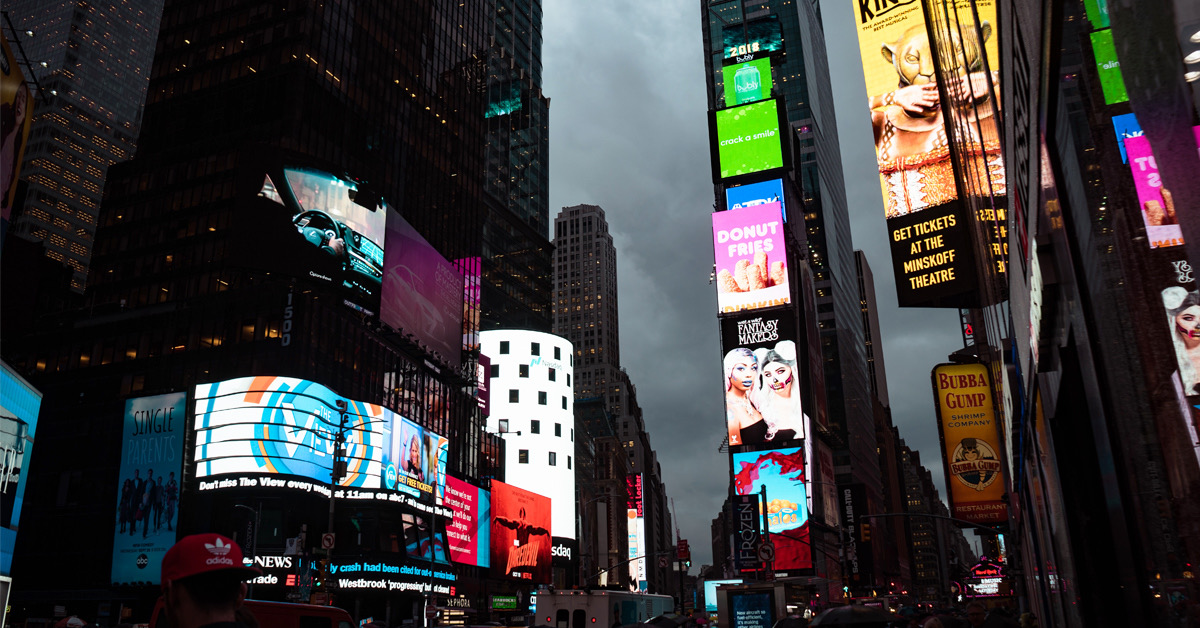ⓘ Featured image credits: Photo by Vlad Chețan from Pexels
Digital signage is the ability to show different varieties of media on a digital display such as LED and LCD screens. It helps brands actively engage with various stakeholders and audiences such as customers and visitors. Using digital signage provides an avenue to tell your brand story to the target audience through fresh and entertaining content. It is an efficient way of promoting brand awareness, advertising new and old products, communicating with staff and engaging different target audiences. This article will highlight useful tips for designing and managing digital signage systems.
1. A Clear Objective
One must have a specific goal for employing the digital signage system. The reasons may vary from enhancing the company’s corporate image, attracting customers, promoting various offers, or even improving sales. Equally, different screens could be seeking different purposes. For instance, one will be targeting staff and another targeting to attract new customers. It is advisable to have an objective in mind when developing content for various screens. It will give your content an angle and relevance, making it more effective.
2. Technical Know-how
You must understand your technical requirements when designing a digital signage system. Essential technical requirements include aspect ratio and resolution. Some signage layouts might be operating screens that require different resolutions and aspect ratios; hence it is essential to understand these dynamics to uphold the quality and protect your design.
3. Positioning
It is vital that when installing digital signage systems, one selects a position where they will be of maximum effect. Keep in mind the viewing distance and ensure that the targeted audience can view the content. It can be done by personally inspecting the screens after installation to ensure they are in the natural line of sight. There are several positioning alternatives; you can place your LED and LCD screens either on the floor or ceiling or use different mounts that help you to tilt the screen however you like. It is also necessary to consider the lighting when positioning your digital signage systems; places with too much light require brighter displays and vice versa.
4. Location
Location is one of the greatest determinants of the success of any digital signage system. When deciding the location for your signage system, always consider your audience. If you are targeting to communicate with staff members in a given organization, you should place the display at the entrance where everyone can see it. If your content is interactive, consider placing it where people stop and wait, such as parks. Also, if the aim is to attract new buyers, the location of your display should be somewhere it can be easily seen by passers-by.
5. Fresh Content
Digital signage allows one to alternate content swiftly and easily, always keeping the viewers entertained. It is necessary to change your content from time to time to avoid monotony. New features such as social media integration and weather responsiveness provided by digital signage management systems help ensure that the content remains immaculate. Weather responsive advertising enables users to program content according to the climatic condition adding a degree of relevance. Social media integration, on the other hand, incorporates feeds from social accounts into the signage providing additional content and an avenue for interaction with the audience.
6. Security
Digital signage systems are highly prone to vandalism and theft hence the need for appropriate security measures. If your security system is weak, you risk losing valuable and confidential business information when your system is attacked. Persons with malicious intentions might access your signage system and use it to display unwanted and inappropriate content. Therefore, a strong security strategy is necessary, especially for someone with several displays. Ensure that strong passwords protect all online access of your signage system and that all updates, security patches and operating system updates are performed on due time. Digital signage screens can also be stolen; hence physical security is equally important.
7. Remote Management
Signage systems can be difficult to monitor, especially when they increase in number. Therefore, having the ability to manage these systems remotely is a necessity for users with several screens. Digital signage management solutions provide users with the ability to control and supervise the performance of their screens centrally. One can dictate which screens are on or off at a given time via the power on/off function. Similarly, these remote management functions help one to assess the performance of the displays by determining whether or not it is showing the right content.
8. Localizing Content
It is of importance that the content of your signage system is relatable and relevant to its audience. Equally, local content is specifically tailored for the said audience; hence it is more engaging. One way of generating local content is bringing multiple users on board to assist with the generation of content. You can engage local creatives that the audience can easily relate to.
ⓘ LAFFAZ is not responsible for the content of external sites. Users are required to read and abide by our Terms & Conditions.








